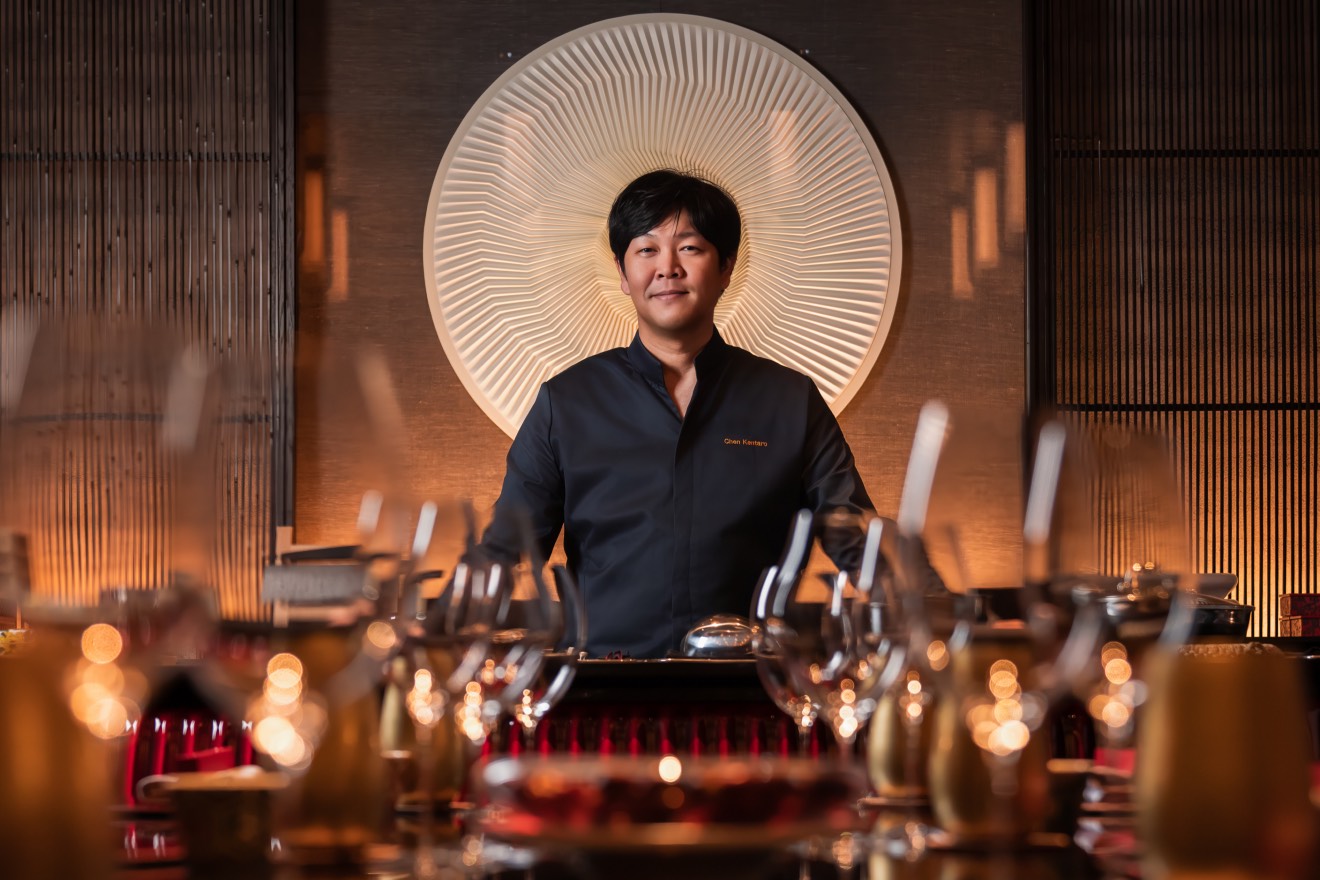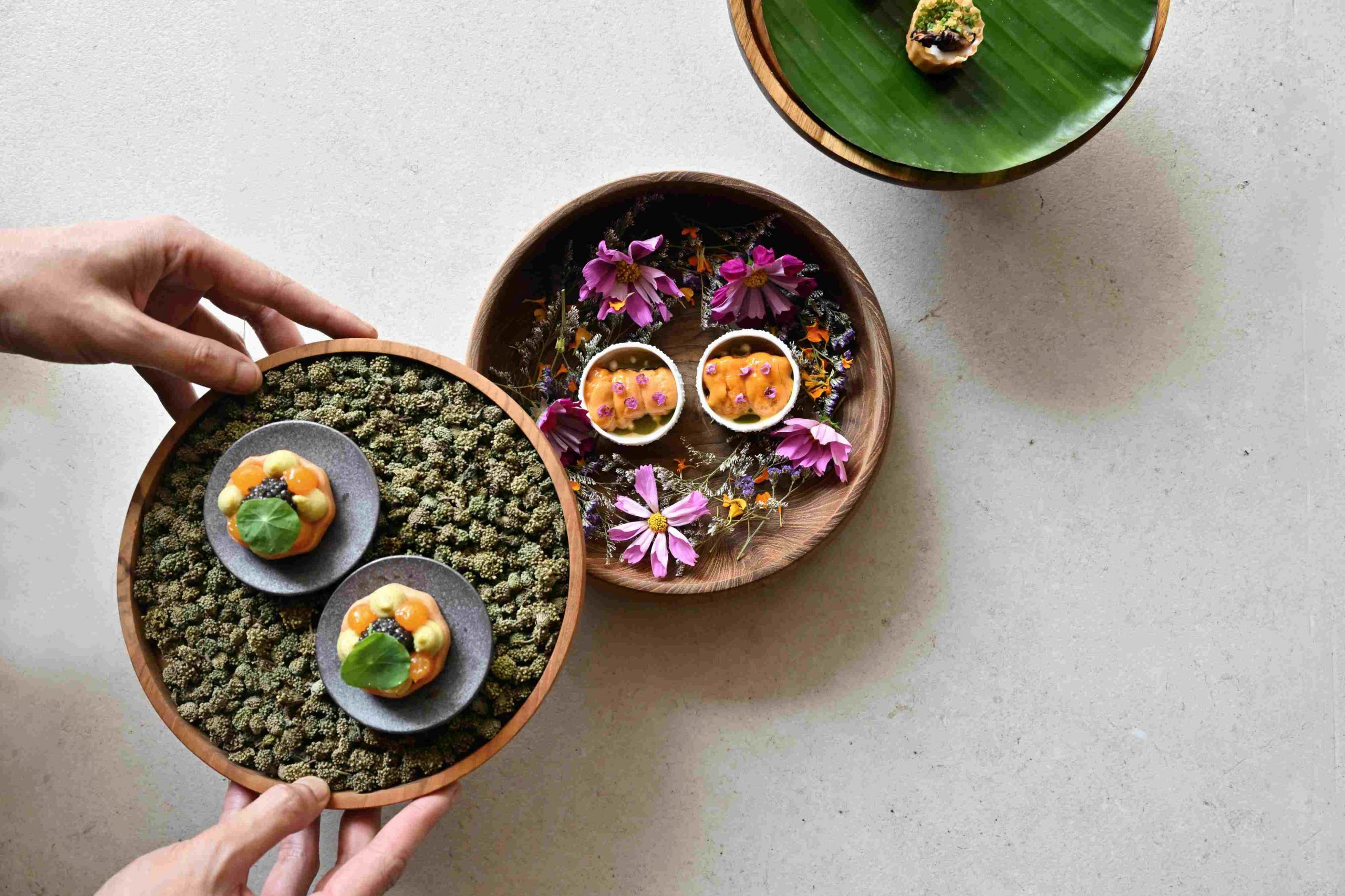
Restaurant Fiz, a newly opened restaurant in Tanjong Pagar, is here to showcase the diverse cuisines of Southeast Asia. Helmed by chef-owner Hafizzul Hashim, the restaurant not only highlights regional dishes but also indigenous ingredients that have long been forgotten.
Chef Hashim was born in Kuala Lumpur to Malay and English parents and was raised in the town of Lumut in Perak. Over the decades, he has worked in many restaurants around the world, including London and Ho Chi Minh. It was in Tokyo, however, where his inspiration for Restaurant Fiz started.
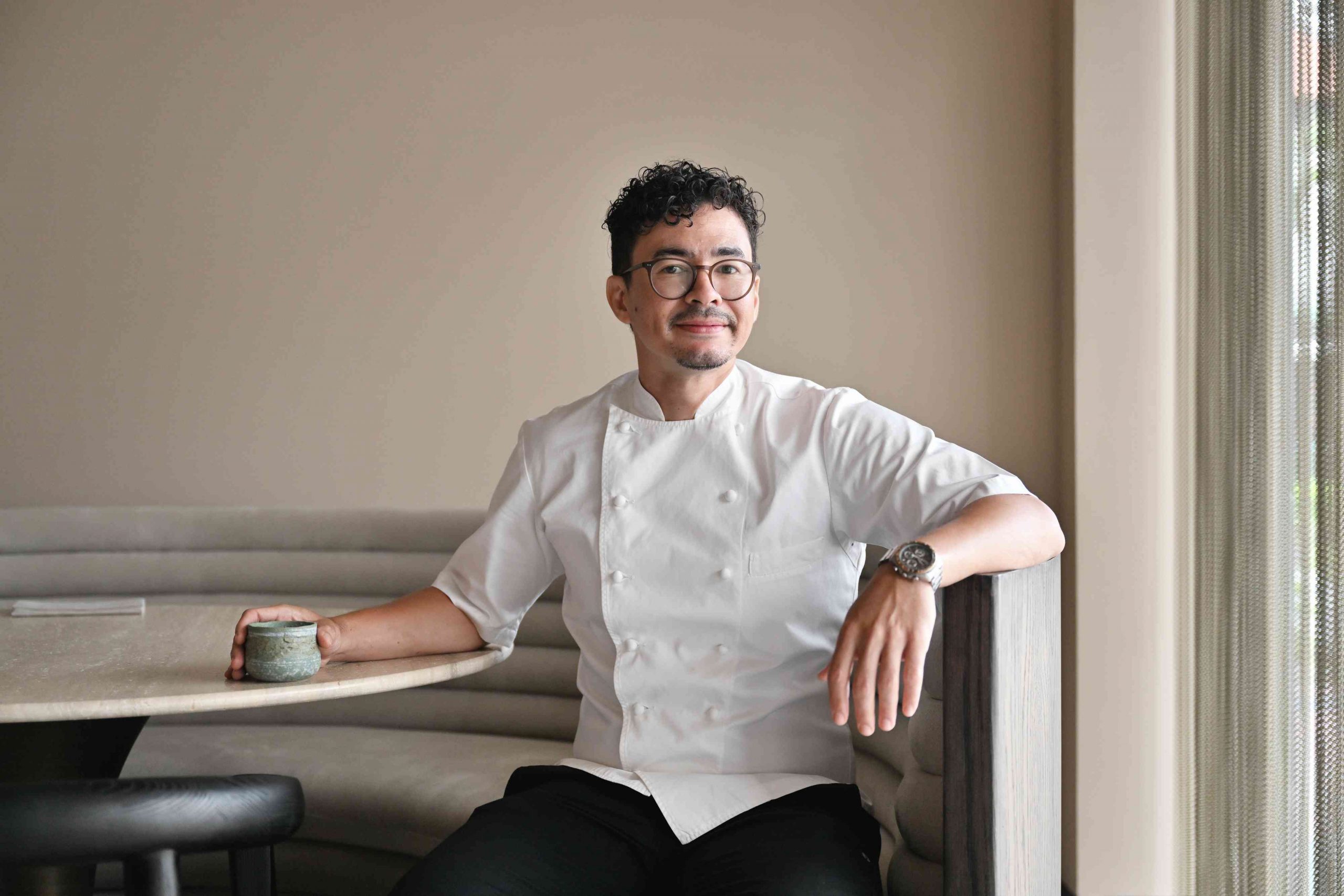
After noticing that a lot of the restaurants he worked in used ingredients he grew up with, such as galangal and kaffir lime leaves, he travelled around Southeast Asia to research historical dishes served in royal and noble homes. That’s where Hashim discovered that Southeast Asian dishes and cuisines, seeped in cultural traditions and unique ingredients, deserve their time in the spotlight.
Paying tribute to a variety of locations, the restaurant will introduce new menus every three to six months named Episodes to allow diners to experience a different region. For example, Ep.1 introduces the chef’s background in Lumut. Dishes are cooked using old methods with charcoal as the primary source of heat. Hashim relies on air tangan while cooking, a Malay phrase that means “water from the hand”, where food is cooked with instinct, finesse, and heart.
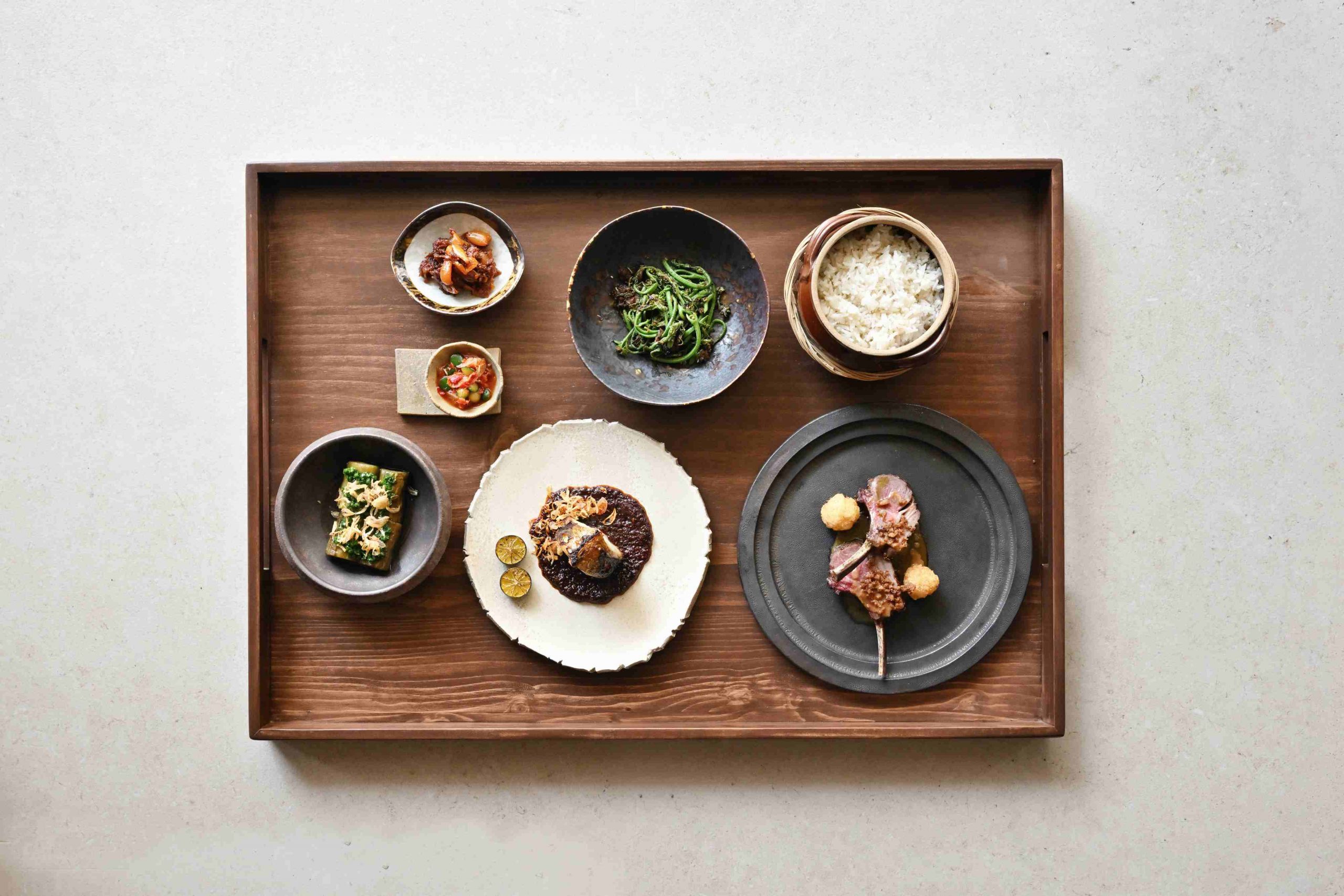
Highlights include Quail from Brisbane, Australia which is marinated in a spice paste and then cooked over low heat over a smoking charcoal grill; a contemporary rendition of Lamb rendang; and Sea Bream from Japan that is aged in-house for around a week, then grilled and served with the chef’s family sambal tumis recipe made from chilli, shrimp paste, garlic, tamarind pulp, and shallots.
Also served are rice from two forgotten indigenous varieties, Beras Adan and Beras Sia (harvested by the farmers of the Lun Bawang community); and Kuih-muih, a Malay confectionery which includes bahulu, kuih serimuka jagung (steamed glutinous rice topped with sweetcorn custard) and kuih badak berendam (glutinous rice balls stuffed with grated coconut flavoured palm sugar and served in a smoked coconut sauce).
But it’s not just the food that should gather attention. The interior of the restaurant itself harmonises motifs from around Southeast Asia by using earthy materials such as stone, wood, and terracotta.
The main dining area features a monolith which acts as a central service station. This design element showcases the numerous temples around Southeast Asia, alongside the Kaaba in Mecca, which is a nod to the chef’s religious roots.
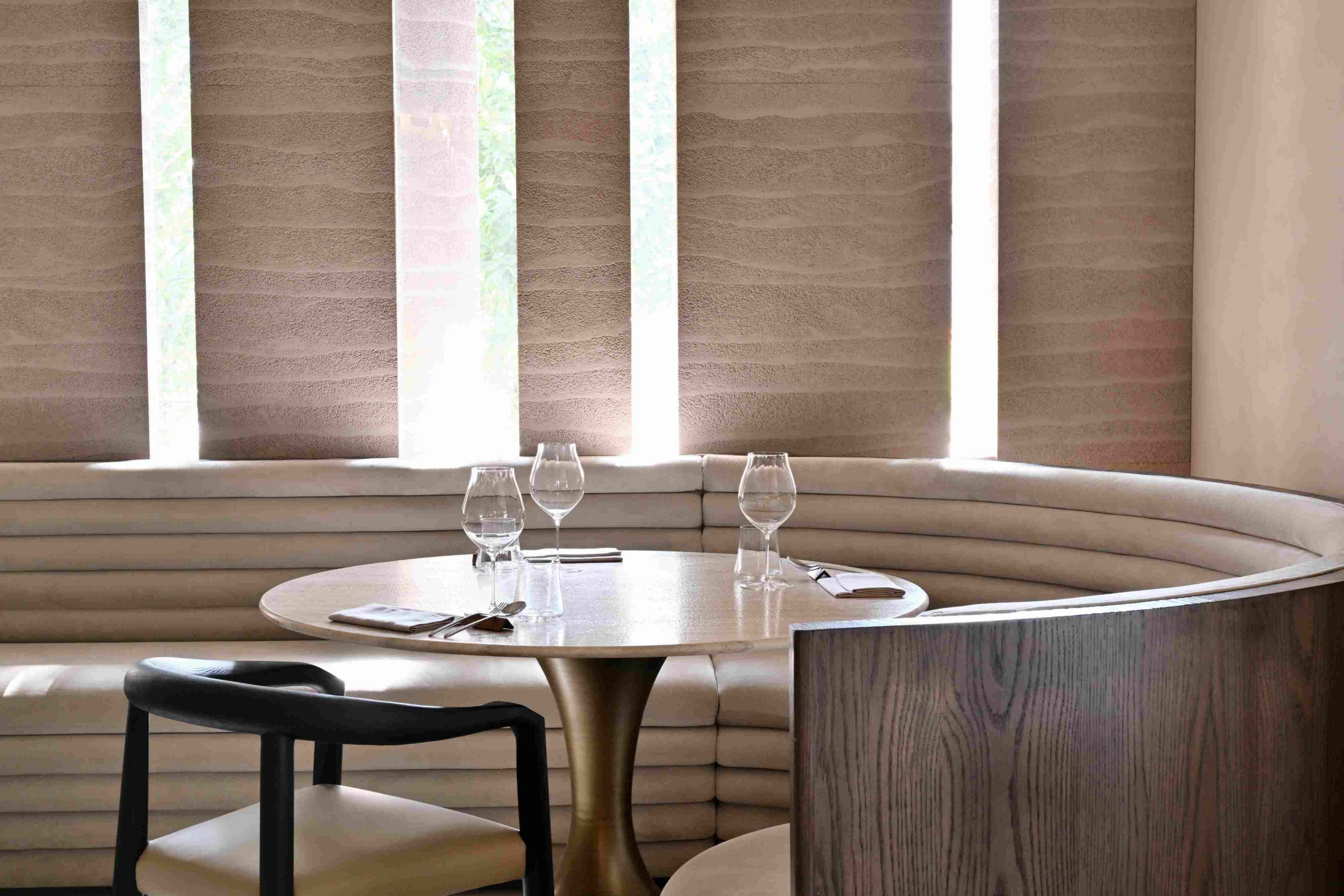
Each dining table in the restaurant is created with an antique-finished silver travertine where diners can observe the natural lines within the stone. The ceiling is built similarly to the vaulted ceilings in temples. As a result, the experience is for the diner to look at the table as the earth and the skies as the divine.
“Restaurants can certainly be more than just about feeding oneself,” says Hashim. “It can be about honouring culture and history, where identity is embellished and where diners leave with their appetites satiated and their minds enlightened.”
Restaurant Fiz is located at 21 Tanjong Pagar Road, #01-01/02, Singapore 088444. For more information, visit restaurantfiz.sg.




